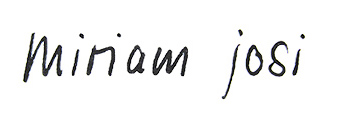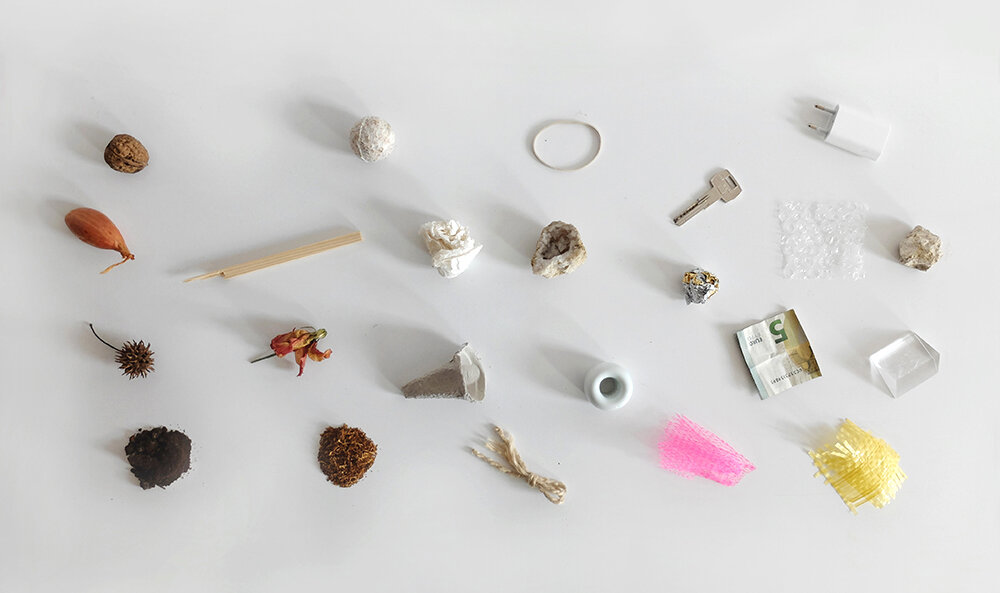Laying randomly on a table: a pile of dirt, a block of wood, a loose key, a rubber band, a phone charger, a dried rose, a plastic fruit net, an egg carton.
Imagine you were asked to organize them from “natural” to “artificial”.
Perhaps you put them in two groups. Maybe you find it difficult to separate the two. Where did you put the egg carton? The key? What makes you think that the dirt is natural? What if I told you the dry rose origins in a greenhouse monoculture on another continent and was sprayed with chemicals?
What is natural? What is artificial? A look in the dictionary reveals three definitions of artificial: man-made, false and unnatural. The word “natural” originates from Old French naturel and Latin naturalis meaning “by birth”. The definitions for it are endless, everything non-artificial basically. Ultimately it could be defined as something that ‘exists and evolved within the confines of an ecosystem’.
The previous questions trigger more questions. Why this separation between nature and humans? Aren’t humans part of nature too? When did (or do) we stop being nature? What is human nature? Is everything human-made inevitably artificial? What about hand-made and is machine-made still human-made?
We may also ask why this tendency to fetishize the natural? Aren’t we reinforcing the separation between humans and nature?
It indeed appears that we can’t separate natural and artificial in a definitive way. All materials we interact with are - if not human-made - at least human-touched or human-affected. Rather than two clear categories, it could be more useful to arrange our table in a spectrum of materials sourced from less or more abundant natural resources, less or more manipulated by humans.
We can repeat the exercise and rearrange the table, defining the criteria each time a bit differently, from least to most durable, lowest to highest environmental impact, and so on. It moreover becomes clear that we can’t talk about these materials and objects in isolation of their context. Each has their own story and is part of a bigger system. Unlike often expected, when it comes to design there are no good or bad materials. There are only better or worse material choices depending on the context and the intended use of their application.
‘Matter of context’ is a simple interactive game I came up with together with Stella Lee Prowse to use on the first day of a workshop. Through a multisensory experience, the exercise is meant to provide insight into the importance of thinking about the bigger picture, asking questions and understanding the systems and context that materials exist within.

